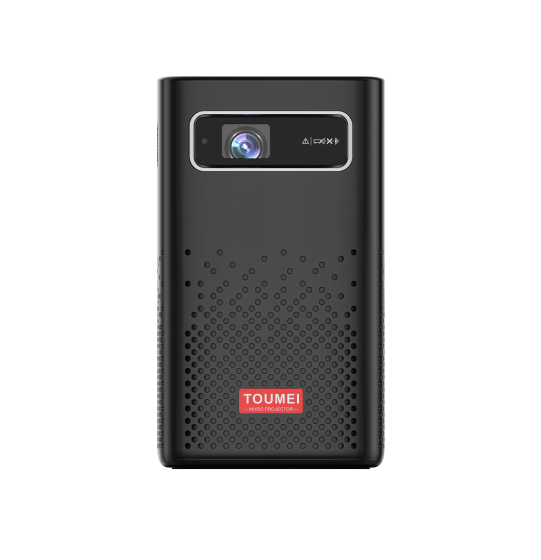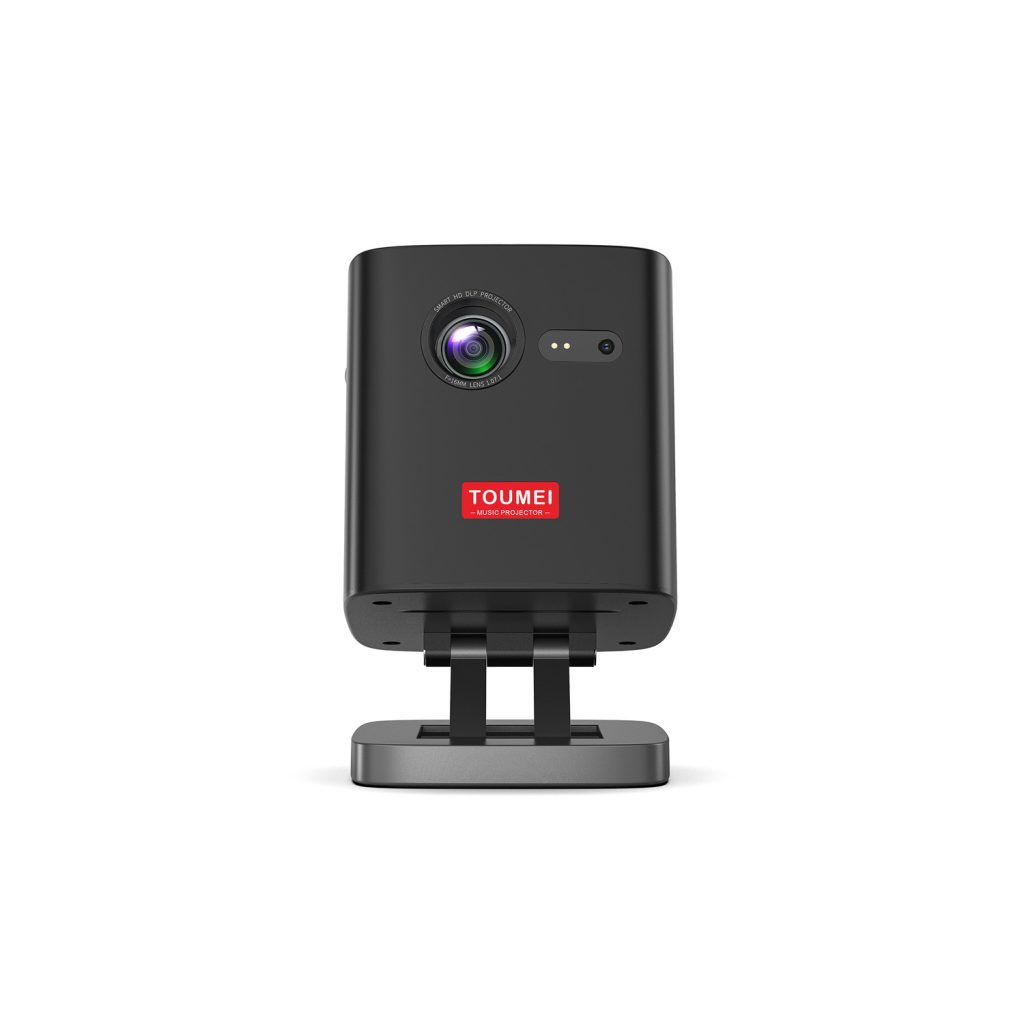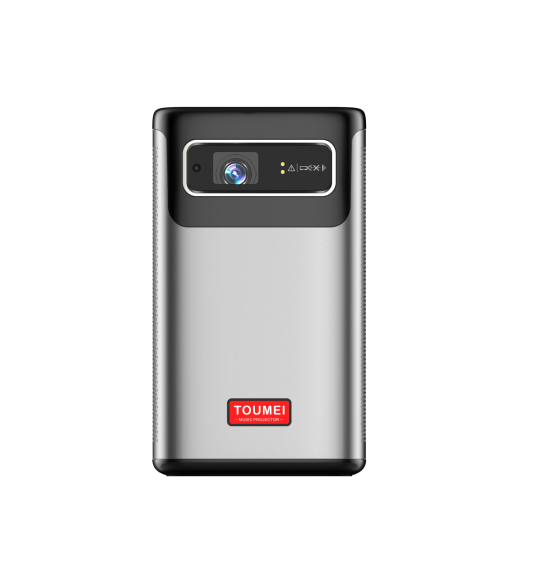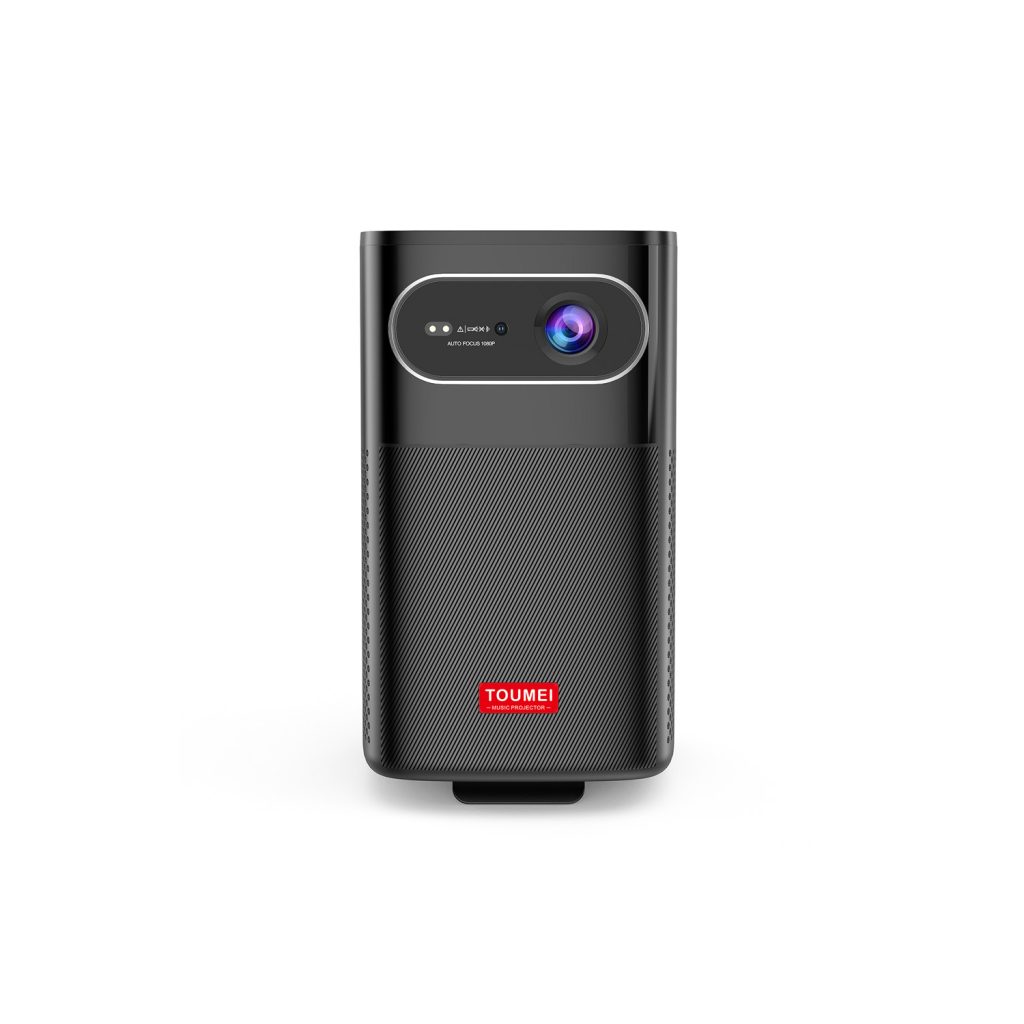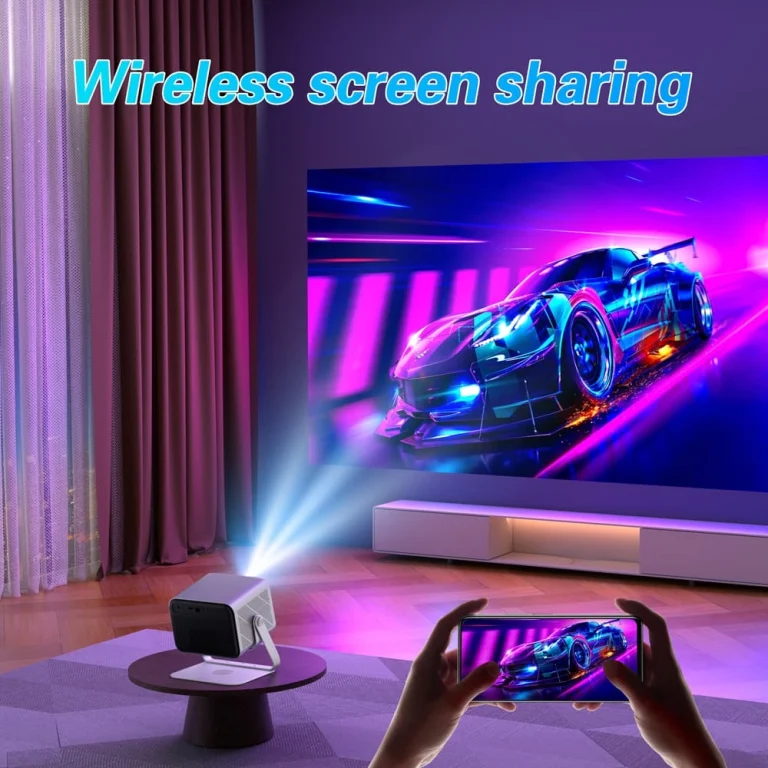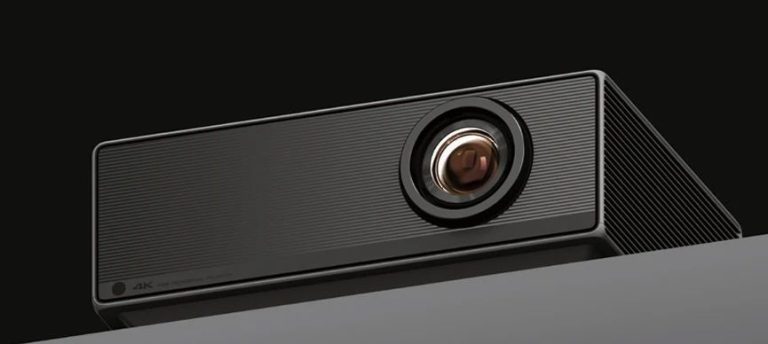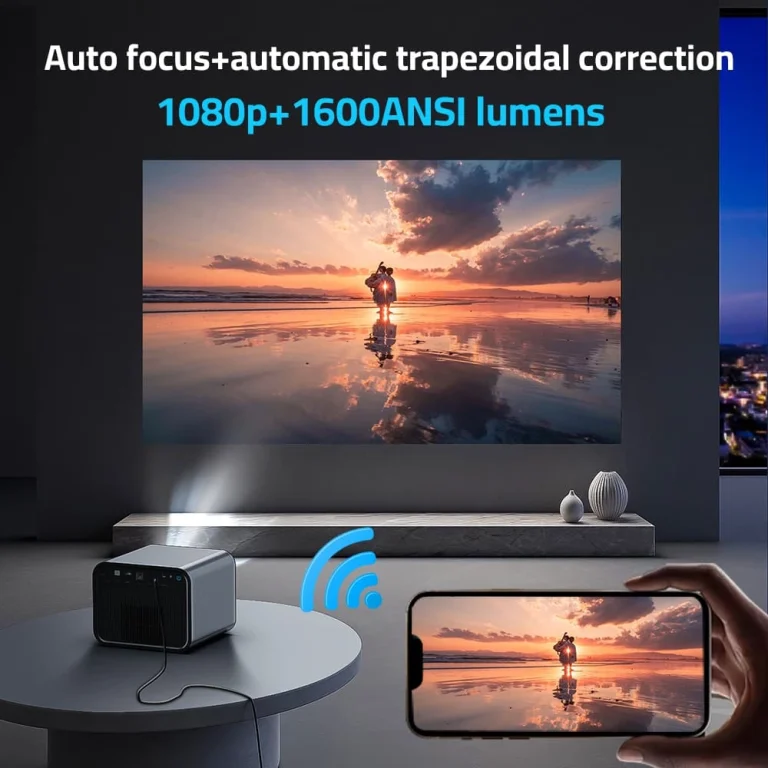How to Determine the Ideal Throw Distance for Your Projector Setup
Choosing the right throw distance for your projector is crucial to achieving the best image quality and an optimal viewing experience. Whether you’re setting up a home theater, a conference room, or a classroom, understanding the concept of throw distance and how to calculate it will help you avoid common pitfalls like blurry images, distorted projections, or awkward setups.
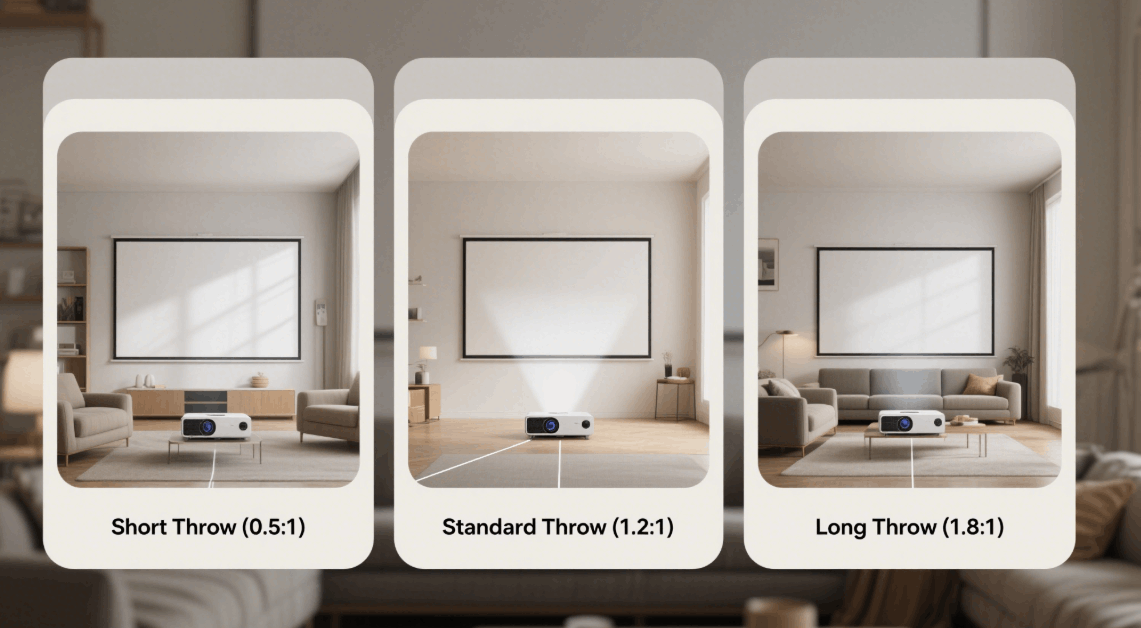 In this article, we’ll explain what throw distance is, why it matters, how to measure it correctly, and provide you with helpful tools and tips to get your projector setup just right.
In this article, we’ll explain what throw distance is, why it matters, how to measure it correctly, and provide you with helpful tools and tips to get your projector setup just right.
What is Throw Distance?
Throw distance is the distance between the projector lens and the screen or wall onto which the image is projected. It directly affects the size and clarity of the image.
- Short throw projectors are designed to project large images from a short distance (usually less than 3 meters).
- Standard throw projectors require a moderate distance to produce a large image.
- Long throw projectors are suitable for large venues where the projector needs to be placed far from the screen.
Why is Throw Distance Important?
Getting the throw distance right impacts:
- Image Size: The farther the projector is from the screen, the larger the image will be.
- Image Clarity: Placing the projector too close or too far can cause distortion or blur.
- Installation Flexibility: Knowing the throw distance helps you plan the room layout and furniture arrangement.
How to Calculate the Ideal Throw Distance
1. Check Your Projector’s Throw Ratio
Most projector manufacturers provide a throw ratio, which is the ratio between the throw distance and the image width.
Throw Ratio = Throw Distance / Image Width
For example, if a projector has a throw ratio of 1.5, and you want a 100-inch wide image, the throw distance would be:
Throw Distance = 1.5 × Image Width
Since a 100-inch diagonal image is roughly 87 inches wide (assuming 16:9 aspect ratio), the throw distance is:
1.5 × 87 inches = 130.5 inches ≈ 10.9 feet
2. Determine Your Desired Screen Size
Decide how big you want your projected image to be, based on room size and seating distance.
| Screen Size (Diagonal) | Approx. Screen Width (16:9) | Ideal Viewing Distance (1.5x – 2.5x screen diagonal) |
|---|---|---|
| 80 inches | 70 inches | 10 to 16.5 feet |
| 100 inches | 87 inches | 12.5 to 20.5 feet |
| 120 inches | 105 inches | 15 to 25 feet |
3. Use the Formula to Find Throw Distance
Multiply your desired screen width by the projector’s throw ratio to get the ideal throw distance.
Practical Example
If you want a 100-inch diagonal screen and your projector has a throw ratio range of 1.2 to 1.8, then:
- Minimum throw distance = 1.2 × 87 inches = 104.4 inches (~8.7 feet)
- Maximum throw distance = 1.8 × 87 inches = 156.6 inches (~13 feet)
So your projector should be placed between 8.7 feet and 13 feet from the screen.
Throw Distance Table for Popular Screen Sizes
| Screen Size (Diagonal) | Screen Width (16:9) | Throw Distance Range (Throw Ratio 1.2–1.8) | Recommended Projector Type |
|---|---|---|---|
| 80 inches | 70 inches | 7 feet – 10.5 feet | Short to Standard Throw |
| 100 inches | 87 inches | 8.7 feet – 13 feet | Standard Throw |
| 120 inches | 105 inches | 10.5 feet – 15.7 feet | Standard to Long Throw |
| 150 inches | 131 inches | 13.1 feet – 19.7 feet | Long Throw |
Tips for Optimizing Your Projector Setup
- Measure twice, place once: Use a tape measure to verify distances.
- Check projector specifications: Look for throw ratio and zoom capabilities.
- Account for lens shift and keystone correction: These can help adjust image placement without moving the projector.
- Consider ambient light: A longer throw distance may require a brighter projector to maintain image clarity.
- Use a projector calculator tool: Many projector brands offer online calculators for throw distance based on model.
FAQ: Throw Distance for Projectors
- Q1: What if my room is too small for the ideal throw distance?
- Consider a short throw or ultra-short throw projector designed to produce large images from very close distances.
- Q2: Can I place the projector closer or farther than the recommended throw distance?
- You can, but the image size will change and may become blurry or distorted. Always check your projector’s zoom and focus capabilities.
- Q3: How does throw distance affect projector brightness?
- Longer throw distances spread the light over a larger area, which can reduce image brightness. You might need a projector with higher lumens.
- Q4: What’s the difference between throw distance and throw ratio?
- Throw distance is a fixed measurement in feet or meters. The throw ratio is a relative value (distance/image width) that helps you calculate the distance needed for a desired image size.
- Q5: Can I use a projector in an irregularly shaped room?
- Yes, but you may need to adjust the throw distance or use lens shift features to accommodate the screen placement.
Conclusion
Determining the ideal throw distance is a foundational step in setting up your projector for an immersive viewing experience. By understanding your projector’s throw ratio, measuring your space accurately, and selecting the appropriate screen size, you can avoid installation headaches and enjoy crisp, vibrant images.
Remember to consult your projector’s manual for specific throw distance guidelines and consider using online calculators for precise setup assistance. With the right throw distance, your projector setup will shine in any environment.

